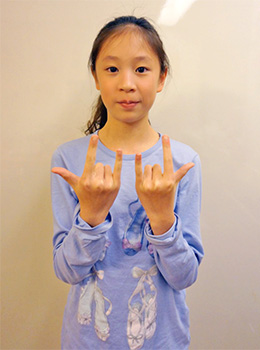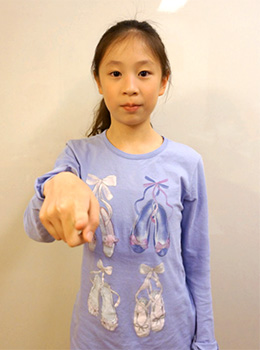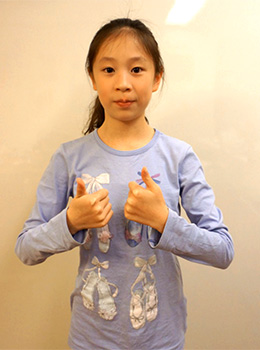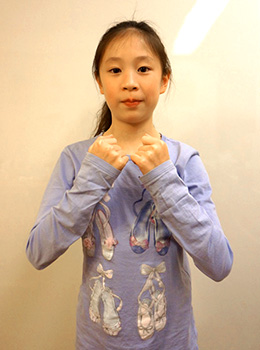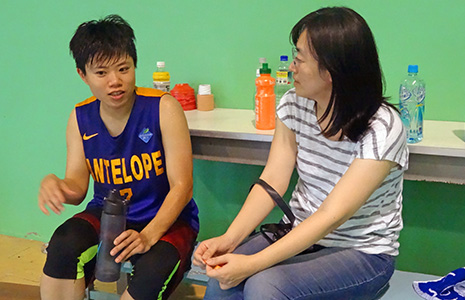 |
|||
 |
1) About Sign Language Sign language is a silent language and the communication tool for the hearing-impaired. It uses hand movements, facial expressions and body language to express a speaker's thoughts, thus connecting the hearing-impaired with the rest of the world. Sign language is not universal. Countries tend to develop their own sign language on the basis of their spoken language.
Silent yet beautiful, the most sincere language -- sign language According to the current classification of the "Chinese National Association of the Deaf, Taiwan, R.O.C.", Taiwanese sign language could be divided into natural sign language, grammatical sign language and text sign language, among which natural sign language is used most widely. Since different countries tend to have different sign languages, an "international sign language" is developed to facilitate the communication of the deaf from various countries.
2) About Spoken Language Spoken language is another method of communication for the deaf. As long as they receive good language guidance and training, they could open their mouths and speak just like a normal person. Although some hearing-impaired persons might not speak as clearly as normal people in terms of pronunciation and intonation, it is possible to communicate with them in spoken language. That is why spoken language is considered equally important as the sign language. Although their hearing might be impaired at varying degrees, as long as they make full use of the "bilingual communication channel" consist of sign language and spoken language, they could communicate with normal people or other hearing-impaired persons freely, and expand their social network.
Hearing-impaired persons could choose their means of communications according to the degree of hearing loss they suffer.
3) About Lip Reading Lip reading is another common way of communication for the hearing-impaired. It is trying to understand others by observing the movements of their lips and tongue, as well as their facial expressions when they speak. It is actually a very difficult skill that has to be trained with substantial amount of practice. Generally speaking, good lip readers tend to be book lovers that are perseverant, steady and reserved in nature. However, since the shape and movements of the lips tend to differ from person to person, the hearing-impaired could only infer what other people is saying, rather than understand them fully through their observation. Sometimes, the hearing-impaired persons would use more than one form of communication method with others. They often communicate in a comprehensive manner, namely combining the three means of communication together and using them interchangeably. For example, they might use sign language and spoken language at the same time when they communicate, and try to understand others through lip reading. The hearing-impaired tend to use sign language as dialogs, facial expressions as the reflection of the sound pitch, and lip reading as substitute for listening. With such a combination of communication tools, the hearing-impaired could listen to the outside world with their "heart" and interact better with people.
Reference: |
||||||||||||||||||||||||||||||||||||||||||||||||||||||||||||||||||||||||||||||||||||||||||||||||||
|
